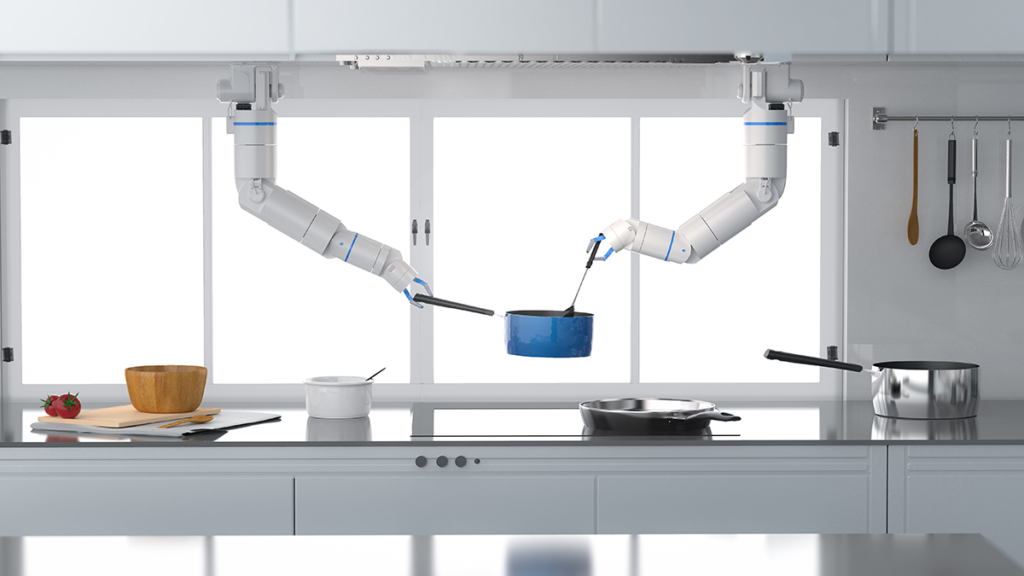There are some jobs that you simply cannot picture a robot doing, and a chef’s job of food tasting is certainly one of those human-only tasks that may never be automated. Sam Holland recaps the University of Cambridge’s exciting robot ‘Chef’ and its ability to ‘chew’, ‘taste’, and cook.
The University of Cambridge (UC) researchers’ work sees the robot, shown in this video, ‘chewing’ food and effectively gauging its taste and texture at different stages of the mastication process. The robot was manufactured by Mark Oleynik, a Russian mathematician and computer scientist and the research has been published in Frontiers in Robotics and AI.
A unique phenomenon
While it is impressive enough that sensors already grant robots the ability to ‘see’, ‘hear’, ‘feel’ – and even ‘smell’ (this is known as machine olfaction) – the concept of a machine’s sensing of taste and texture is a unique phenomenon. As Dr Arsen Abdulali, the study’s co-author from the UC’s Department of Engineering explains: “When a robot is learning how to cook, like any other cook, it needs indications of how well it did.
“In our experiment, the robot can ‘see’ the difference in the food as it’s chewed, which improves its ability to taste.”
The robot’s food sensing technology relies on machine learning to reach – and develop with experience – its conclusion on the quality of the food, rather like how a human chef develops a growing skill for establishing what tastes and textures are ideal depending on which dishes and diners apply. In fact, by ‘chewing’ the food (this is essentially a process of mechanically breaking the food into increasingly fine textures), the robot can determine how palatable the food may be throughout the chewing process.
Salinity sensing
In the said video, the chosen food is an omelette which is broken down by the robot chef’s arm while its conductance probe (conductivity measurement is vital to determining concentrations of salt and water) senses the salt levels throughout. This makes the system a novel example of the technology known as a salinity sensor. To quote from UC’s records, ‘Closed-Loop Robotic Cooking of Scrambled Eggs with a Salinity-based ‘Taste’ Sensor’: “We propose a first study of using a salinity sensor to provide a robot with a sense of saltiness.
“We show that the sensor measurements can be mapped to different taste metrics such as the overall saltiness and state of mixing the eggs, and how the cooking process can be adapted to match user-defined specifications.”
Food safety is a vital part of the food processing industry, and it is sensing technologies such as this that could prove vital to developing quality sustenance and perhaps even allow more accurate expiry dates and nutritional information on packaging. After all, the robot serves not just as a food taster, but as a chef as well – and this means that the machine can develop simple dishes such as omelettes and scrambled eggs with an understanding of the food quality and overall salt levels each step of the way.
